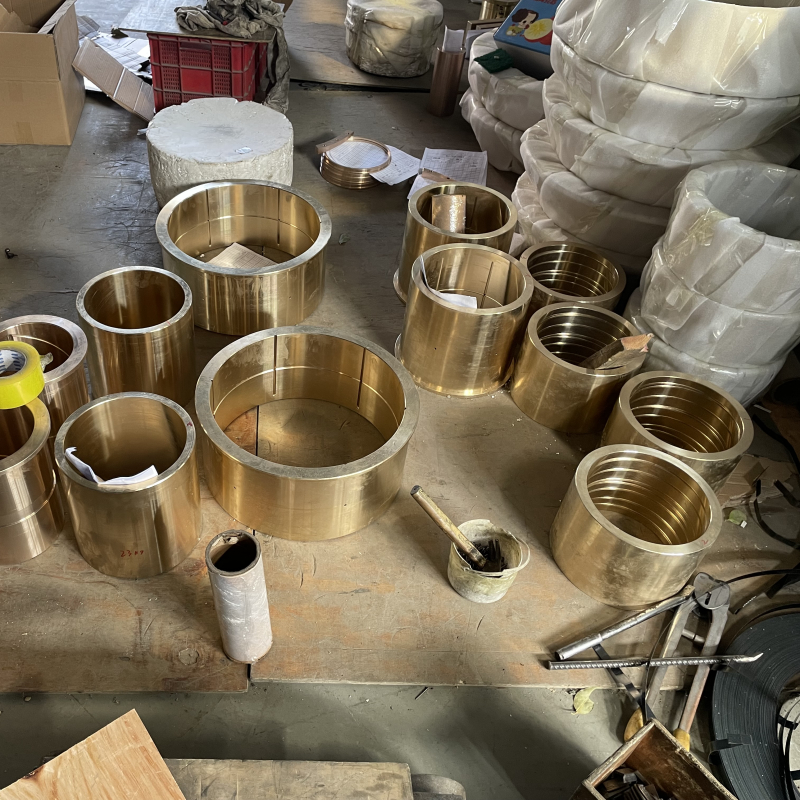The coefficient of friction of copper bushing is not the bigger the better.
First, the advantages of small friction coefficient
Reduce energy loss: when the coefficient of friction of copper bushing is small, the energy loss due to friction will be reduced during the operation of mechanical equipment. This means that the energy utilization efficiency of the equipment can be improved and the operating costs can be reduced. For example, the use of copper bushings with a low coefficient of friction in electric motors reduces the resistance of the motor during rotation, which reduces the consumption of electrical energy and improves the efficiency of the motor.
Reduced wear: A smaller coefficient of friction reduces the wear between the copper bushing and the mating parts. This not only extends the service life of the copper bushing itself, but also reduces the wear and tear on other related parts, reducing the maintenance cost of the equipment. For example, in some high-precision machinery and equipment, such as CNC machine tools, the wear of the copper sleeve will directly affect the machining accuracy of the equipment. The use of copper bushings with low coefficient of friction can reduce wear and maintain the precision and stability of the equipment.
Improve the smoothness of operation: low coefficient of friction helps to reduce the vibration and noise in the operation of the equipment, and improve the smoothness of operation. This is critical for equipment with high requirements for smooth operation, such as precision instruments and medical equipment. For example, in medical equipment, low coefficient of friction copper bushings can reduce the vibration of the equipment and improve the accuracy of diagnosis and treatment.

Second, the disadvantages of large coefficient of friction
Increased energy consumption: A high coefficient of friction means that more friction needs to be overcome during the operation of the equipment, which consumes more energy. This can lead to increased operating costs and reduced efficiency of the equipment. For example, in heavy machinery, if the coefficient of friction of a copper bushing is too high, it will make the equipment require more power during startup and operation, increasing energy consumption.
Increased wear: A high coefficient of friction will increase wear between the copper bushing and mating parts, shortening the service life of the equipment. Especially in high-speed, heavy-duty working conditions, the wear will be more serious. For example, in mining equipment, copper bushings are often in a harsh working environment, the high coefficient of friction will easily lead to rapid wear of copper bushings and shafts and other components, requiring frequent replacement, increasing maintenance costs and downtime.
Impact on equipment performance: Excessive coefficient of friction may affect the performance and accuracy of the equipment. For example, in some equipment that requires precise control of movement, such as automated production lines, a high coefficient of friction can lead to unsteady movement, affecting product quality and productivity.
To summarize, the coefficient of friction of copper bushings is not the bigger the better, usually, a smaller coefficient of friction is more conducive to improving the performance of the equipment, reducing costs and extending the service life. However, in some special cases, it may be necessary to choose the appropriate friction coefficient of copper bushing according to the specific application requirements.
| Previous:What are the factors that affect the wear resistance of copper bushings? | Next:What is the relationship between hardness and wear resistance of copper bushings? |




 Copyright © 2022
Copyright © 2022